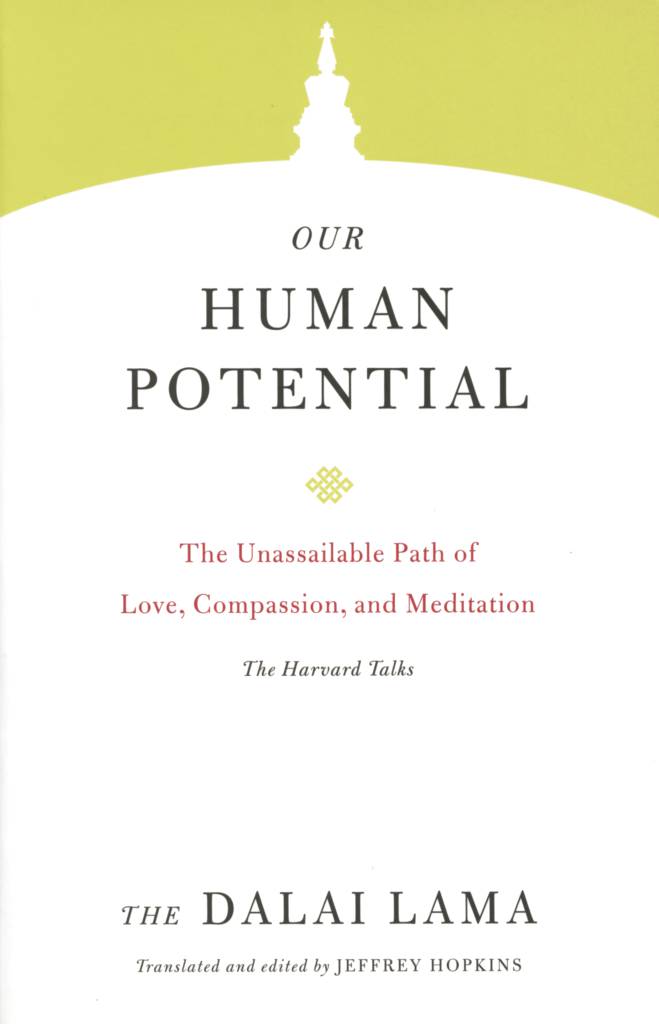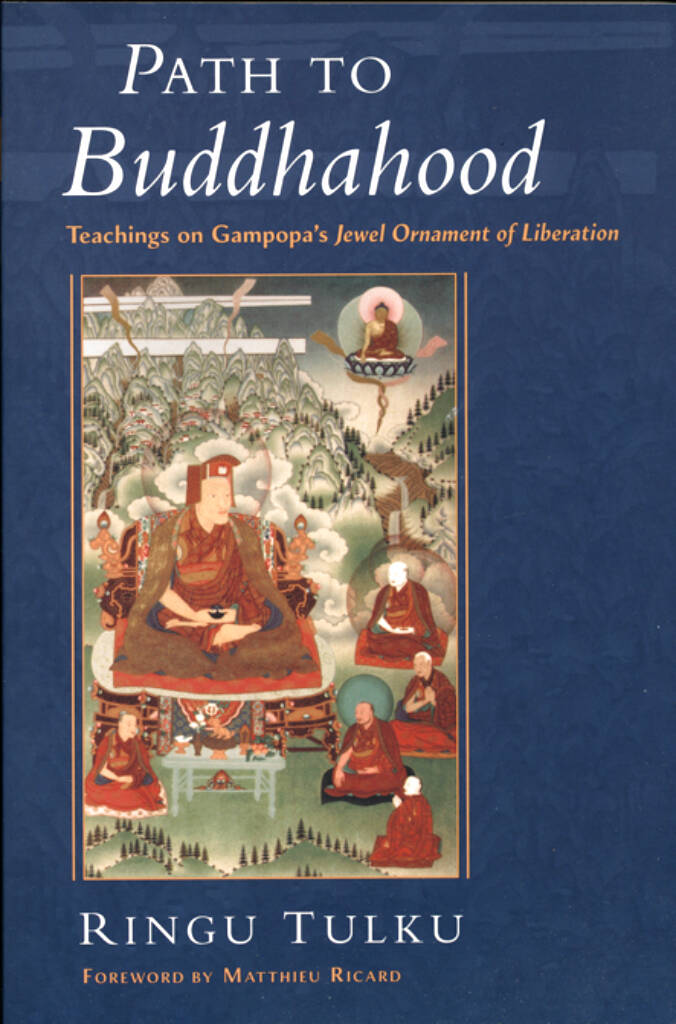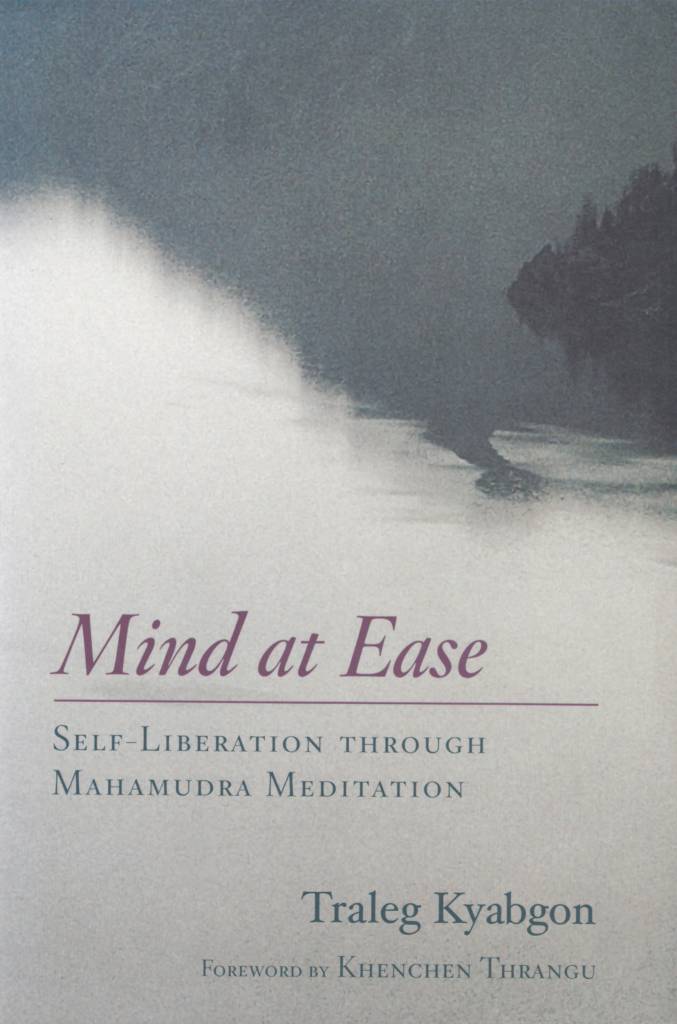Contemporary Masters on Buddha-Nature
Watch & Learn
From the Masters
Khyentse, Dilgo
As you progress through these three steps, spiritual qualities will naturally arise, and you will see the truth of the teachings. Those qualities will bloom spontaneously because the buddha nature within you is being revealed. The buddha nature, or tathagatagarbha, is present in all beings, but is hidden by obscurations, in the same way that buried gold is hidden by the earth under which it lies. As you listen to, reflect, and meditate on the Dharma, all the inherent qualities of your buddha nature will be actualized.~ The Heart of Compassion (2006), Wikiquote.org.
Dudjom Jikdral Yeshe Dorje
In the mind of everyone, of every living, sentient being, there is a fundamental nature or ground, the so-called sugatagarbha. This is the seed of Samantabhadra, the seed of buddhahood. Although this is something we all have, we do not recognize it. It is unknown to us. This ground, which is our spontaneous awareness, has been with us "from the beginning." It is like a mirror. When someone with a happy face looks in a mirror, the reflection of a happy face appears. When someone with a sad face looks into it, a sad face appears. The primordial ground is just like a mirror. The reflection of a person with a happy face looking into a perfectly clear mirror, the primordial ground, is like Samantabhadra, who awoke to his ultimate nature. Samantabhadra, it is said, "captured the citadel of the primordial ground, awoke, recognized his own nature, and was free." But we ordinary beings fail to recognize this nature, the mirrorlike primordial ground. For us, the situation is like someone with a downcast face looking into the mirror: a sad reflection appears!~ Dudjom Rinpoche. Counsels from My Heart. Shambhala Publications: 2003, p. 17.
Chögyam Trungpa Rinpoche
When you have completely accomplished the shamatha-vipashyana practice, you have a sense of reward. You experience joy in the possibility of buddha nature, but you may still feel skeptical. Although you begin to feel that buddha nature is a possibility, you think the whole thing may be a hoax. You begin to doubt the teachings. The idea that you already have a built-in buddha in you is something that you cannot quite imagine. It seems to be too good to be true, and you begin to feel that maybe it is not true. You think that the whole thing may be a big put-on, a big joke, a lie. The birth of mahayana spirit begins with a combination of distrust and the possibility of good news. It is a very powerful emotional experience, a sweet-sour feeling. That quality of joy and delight is wisdom, or jnana, and the doubt or distrust is compassion. Doubt and compassion are both very direct. Compassion is somewhat more spacious, but the pain of doubt and compassion is the same. There is a sense of something touching your heart, and it is painful. At this point, you have the possibility of wisdom and compassion, but they are not completely finalized. It is like a fetus whose limbs are not quite formed. It is as though you are pregnant with buddha nature: you realize that something is happening even before the baby begins to kick. However, this pregnancy is different from ordinary pregnancy. Unlike a fetus, buddha nature is not a foreign body, it is a part of your whole being. You cannot have an abortion because it is too powerful to get rid of. You have to accept the whole thing.~ The Bodhisattva Path of Wisdom and Compassion (2014). "Quotes by Chögyam Trungpa Rinpoche", Tzal.org.
Lama Tharchin Rinpoche
We are sentient beings. This means that our mind's fundamentally confused. Still at the essence level, we are buddhas because our essence is the buddha-nature which is always free of causes and conditions. Our buddha-nature can never be dissected into many parts and it cannot be said to be singular. It is beyond singularity and plurality. It is uncompounded like the sky and never changes. Therefore, there is no way for suffering to arise within the experience of the buddha-nature.
[...]
The solution is to realize our buddha-nature, the esence of our mind, the undeluded state that never leaves us even for a single moment. But, even though we can understand that this is the solution, we still have a problem because our confused mind cannot recognize our buddha-nature. And why is that? It's simply because confused mind doesn't believe in buddha-nature. It believes in itself, in its own power, and in the power of circumstances. If it tries to see the buddha-nature, it says do it this way, don't do it that way; this is right, this is wrong. Using this approach, no matter how hard confused mind tries to see the buddha-nature, it never will because it is fundamentally confused and deluded. Of course, confused mind can create temporary happiness and success but that will, sooner or later, become suffering. So, to solve the problem, what must be identified, one way or the other, is the unchangeable, uncompounded buddha-nature, the essence of deluded mind.~ Guru Yoga In the Foundational Practices, Austin, Texas 2009, Scribd.
Chökyi Nyima Rinpoche
One should first recognize the Buddha-Nature, then train in it, and finally attain stability. In order to recognize the Buddha-Nature, we must identify exactly what is preventing us from realizing it now and what needs to be cleared away - all the passing stains of confusion. Where did these passing stains come from? The ground itself, the Buddha-Nature, is without impurity or confusion, but the temporary defilements, the stains of confusion, result from not having recognized the state of the ground.~ "Quotes by Chokyi Nyima Rinpoche", Tzal.org.
Thrangu Rinpoche
The Uttara Tantra belongs mainly to the sutra classification, the Third Turning of the Wheel of Dharma, because the text contains sections concerning the view, path, and fruition as well as many other topics. In combination, they are classified as sutra because the word 'sutra' literally means 'confluence' or 'that which has many parts gathered together.' Since it emphasizes the enlightened essence, the sugatagarbha, and because it is inseparable from the very basis of Mahamudra, this teaching is considered of great importance in the Kagyu tradition.~ Thrangu Rinpoche. Buddha Nature: Ten Teachings on the Uttara Tantra Shastra. Hong Kong: Rangjung Yeshe, 1988: p. 16.
The root of the wisdom that arises in Mahamudra is buddha nature, or buddha essence,
[...]
Buddha nature is realized through listening, contemplating, and meditating. This is the explanation according to the Sutra path. In terms of the Mahamudra path, realization occurs through the combination of the blessing of a true teacher and the arising of devotion within the pupil; through the combination of these two, buddha nature, the nature of the mind, manifests. Jamgon Kongtrul says buddha nature is realized either through the Sutra path of listening, contemplating, and meditating or through blessing and devotion of the Mahamudra path.~ Thrangu Rinpoche. On Buddha Essence: A Commentary on Rangjung Dorje's Treatise. Translated by Peter Alan Roberts. Boston: Shambhala Publications, 2006: p. XXI and p. 133.
The Kagyu masters of the past as an instruction called this the ordinary mind, or the natural state. They called it this out of their experience. This ordinary mind itself is the dharma expanse and the essence of the buddhas: it is our buddha nature. This is exactly what the term means; this is what we need to experience and recognize.~ Thrangu Rinpoche. Vivid Awareness: The Mind Instructions of Khenpo Gangshar. Translated by David Karma Choephel. Boston: Shambhala Publications, 2011: p. 124.
Further Readings
[Our Human Potential]
What is nirvana? The basis due to which it is possible to attain nirvana is called the Buddha nature, or the naturally abiding lineage.The individual systems of Buddhist tenets have different interpretations of what the Buddha nature is; thus, there come to be many Buddha natures in terms of their level of subtlety.
[Path to Buddhahood: Teachings on Gampopa's Jewel Ornament of Liberation]
The seed refers to our buddha nature. We can attain enlightenment because we already possess the nature of a buddha. All living beings have this buddha nature. One might wonder how we know this. Traditionally we are presented with three distinct types of evidence.
[Mind at Ease]
WE COME NOW TO A DISCUSSION OF GROUND MAHAMUDRA and some of the more philosophical elements of Mahamudra meditation. The notion of the ground-also called the basis-is a key concept for Mahayana and later forms of Buddhism. Ground of being refers to the Mahamudra itself, or to our true nature, our authentic state of being. In Mahayana Buddhism, this ground is also known as buddha-nature. I will begin with this more widely known concept from the perspective of the exoteric approach and then proceed to link the idea of buddha-nature to the mystical notion of the ground of being, or ground Mahamudra.



